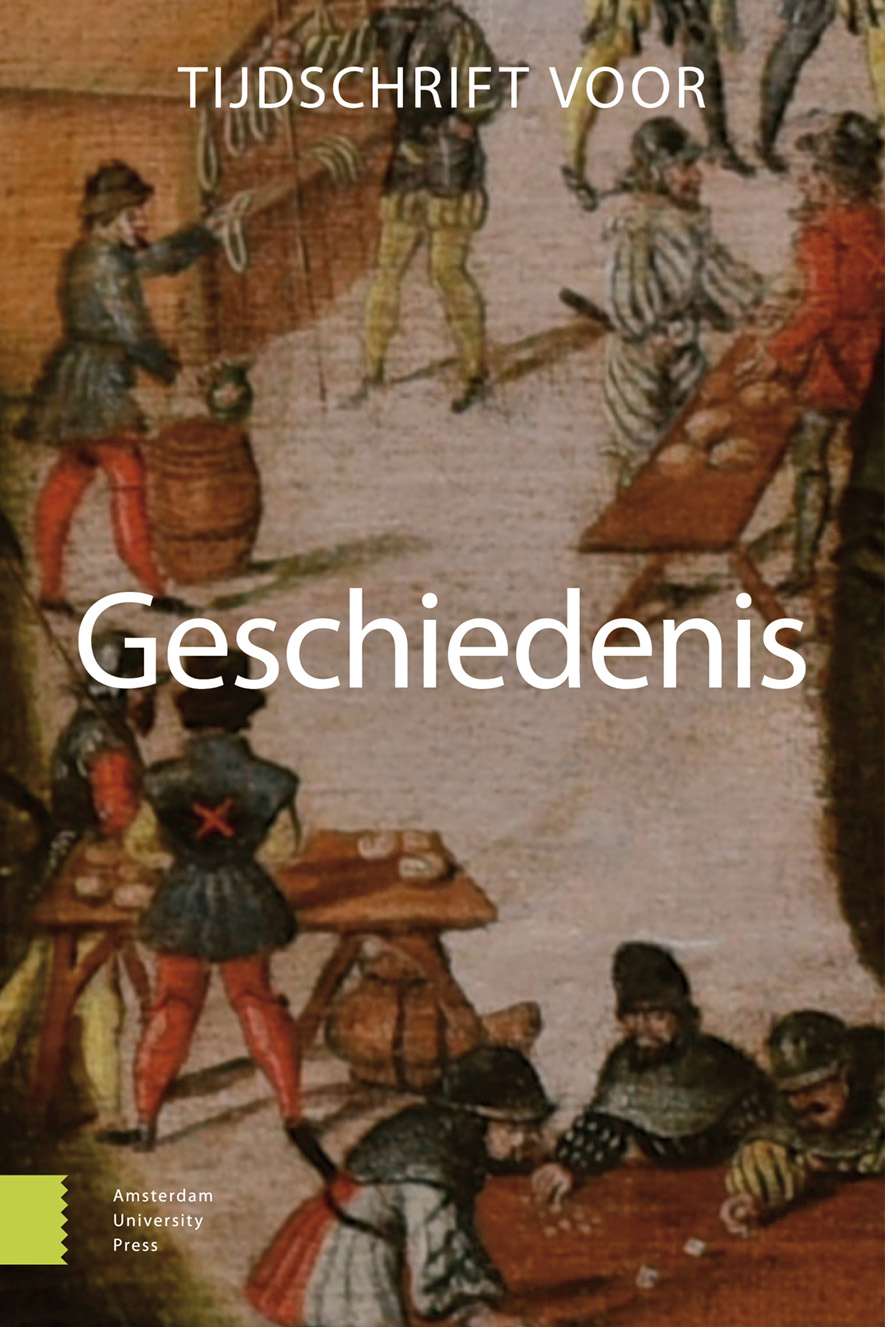- Home
- A-Z Publications
- Tijdschrift voor Geschiedenis
- Previous Issues
- Volume 133, Issue 3, 2020
Tijdschrift voor Geschiedenis - Volume 133, Issue 3, 2020
Volume 133, Issue 3, 2020
Language:
English
-
-
Inleiding. Erfgoed in revolutietijd
More LessAuthors: Carolien Boender & Diederik SmitAbstract Introduction: Heritage in the Revolutionary Era This article serves as an introduction to the central theme of this special issue of Tijdschrift voor Geschiedenis: the way local, regional, and national authorities dealt with heritage in and after the Revolutionary Era. It argues that a focus on objects, collections, and archives in the Batavian-French period and the early years of the United Kingdom of the Netherlands can offer Read More
-
-
-
Veranderingen in archiefvorming en archiefgebruik in een veranderende samenleving 1747-18471
More LessAbstract Changing Society, Changing Archives 1747-1847 Developments in Dutch society and government in the first half of the nineteenth century led to changes in archival practices. The newly-established unitary state needed more and different information about society and people, and that information had to be managed and archived. However, after the Restoration in 1813 many traditional archiving practices were reintrod Read More
-
-
-
Plaatsen van geschiedenis
More LessAbstract Places of history. The ‘Belgian’ archives during the 1810s Recent studies have shown that the states that formed in post-revolutionary Europe were eager to found national archives. Historical research in those archives fostered national unity and stability. Limited research on Belgian archival history has suggested a different picture: under the ‘occupation’ by both the French Empire and the United Kingdom of Read More
-
-
-
De keizer en de adelaar
More LessAbstract The emperor and the eagle. Material culture from Napoleon’s reign in Dordrecht, 1810-1813 During Napoleon Bonaparte’s reign as king and emperor of the Netherlands (1810-1813) the Napoleonic eagle had a prominent place in Dutch society. Coats of arms were changed and civic symbols were altered to fit the new regime. But what happened to these symbols when Napoleon’s occupation was over? Were they des Read More
-
-
-
Tussen ‘vandalisme’ en ‘la manie de tout conserver’
More LessAbstract In between ‘vandalism’ and ‘la manie de tout conserver’. Limburg’s archives in revolutionary times The history of the Dutch province of Limburg during the French period from approximately 1795 to 1815 is more like that of Belgium and the Rhineland than the north of the Netherlands. The province itself, in a border region of the Netherlands, is a creation of the nineteenth century with a very complex geop Read More
-
-
-
Tussen continuïteit en verandering
More LessBy Arjan NobelAbstract Between continuity and change. The introduction of the civil registry office (burgerlijke stand) in 1811 The introduction of the civil registry office – burgerlijke stand – in 1811 is often considered a significant caesura in the registration of personal data. While in previous centuries the church mainly performed this duty, the government took the task upon itself after 1811. However, this article asserts that this was in fac Read More
-
Volumes & issues
Most Read This Month
Article
content/journals/00407518
Journal
10
5
false
en


